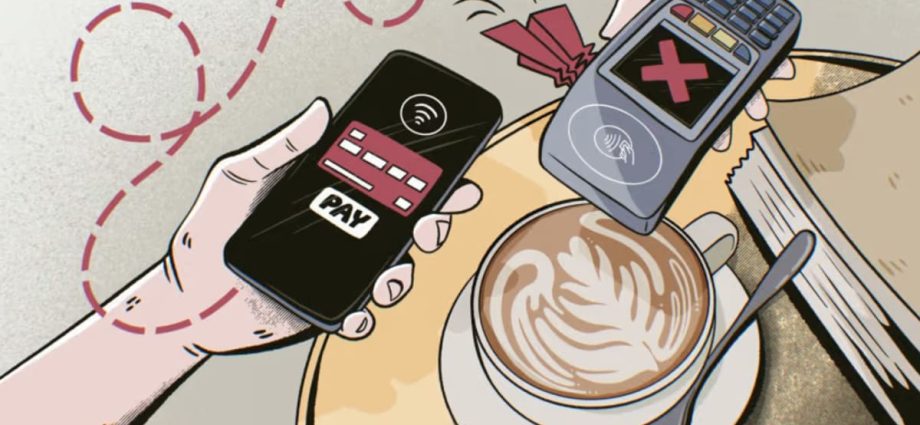
At Woofie, an unmanned thrift store, sales on Oct 14 were lower by an estimated 10 per cent as compared to their usual sales for a Saturday, said co-founder Desiree Chang.
The shop currently accepts two main modes of payments, PayNow or PayLah!, and exact cash payments as all items are priced at S$10.
Ms Chang added that this was the first time it had been affected by a banking services outage, and the store now plans to explore adding alternative methods of payment such as GrabPay and ShopBack.
Consumers, too, should not be totally reliant on just a single mode of payment. They should instead have some cash on them always, and expand their repertoire of digital payment options, the experts said.
“I know people who just go around with their mobile phone with them – though it looks cool, it’s not so practical. Even just some spare cash for small vendors or in the case of breakdowns could serve as a form of insurance,” said Prof Loh.
Dr Clarke of Monetics also suggested that consumers can consider keeping enough funds in their mobile payment apps, such as in a GrabPay wallet, as a contingency.
Mr Dayan Koven, Accenture’s managing director of financial services in Singapore, added that it is important for consumers to “approach payments with intention”. This means staying informed about the pros and cons of going cashless, including cybersecurity concerns and guarding against scams.
“While cashless payments offer convenience and a seamless experience, they also make individuals reliant on technology and internet access, which may lead to additional costs. Consumers should also acquaint themselves with different cashless payment methods to choose the one that suits them best.”
DEFINING RESILIENCE IN “LESS-CASH” SINGAPORE
While cash was still widely used a few years ago, Mr Koven said that the transition towards a cashless society was accelerated by the COVID-19 pandemic, which necessitated contactless methods, online-only retail and saw a rapid adoption of technology.
The Accenture Payments Survey 2022 found that 76 per cent of respondents in the Asia-Pacific used digital wallets for payment transactions at least five times a month, compared to the 63 per cent opting for cash.
Singapore’s journey towards an increasingly cashless society has been bolstered by initiatives such as the Heartlands Go Digital programme, introduced by Enterprise Singapore in 2020, to spur the adoption of e-payments and digital commerce solutions among heartland businesses.
The popularity of e-payments with merchants also comes from the functionalities it provides to businesses, including providing transaction data for analytics.
Ms Megan Lim, who owns the cafe Overrice, said that the e-payment terminal she uses, Oddle, provides her with “first-party customer data”, including customer lifetime spend, visit frequency, and the most recent visit.
“This allows us to offer personalised and exceptional customer service, such as recognising and rewarding a regular customer a free dish as the e-payment terminal displays the customer has been to the cafe for over 10 times,” said Ms Lim.
Many businesses also told TODAY that contactless payment is the preferred mode of payment for their target market.
For shops like Solace Studios, an unmanned self-photo studio in Haji Lane, founder Keith Kok said that around 70 per cent of sales are made from cashless options such as credit and debit card payments and digital wallets like Apple Pay, though their photo-taking machines also accept cash.
He attributed the high uptake of e-payments to its customers’ demographic, which is a younger, “more tech-savvy” crowd comprising Gen Zs and millennials.
This was echoed by Mr Koven, who said that one key reason businesses prefer to remain cashless is shifting consumer expectations, which now tend towards “frictionless payment experiences” and “smooth and secure transactions”.
Ms Koh from O Happi Place said some customers also prefer to make e-payments because of the various “built-in promotions and loyalty programmes” that incentivise them to make digital payments.
She cited examples such as earning GrabRewards points when paying via GrabPay, earning a 5 per cent rebate on a subsequent visit for ShopBack payments or even earning miles and discounts when paying via KrisPay.

